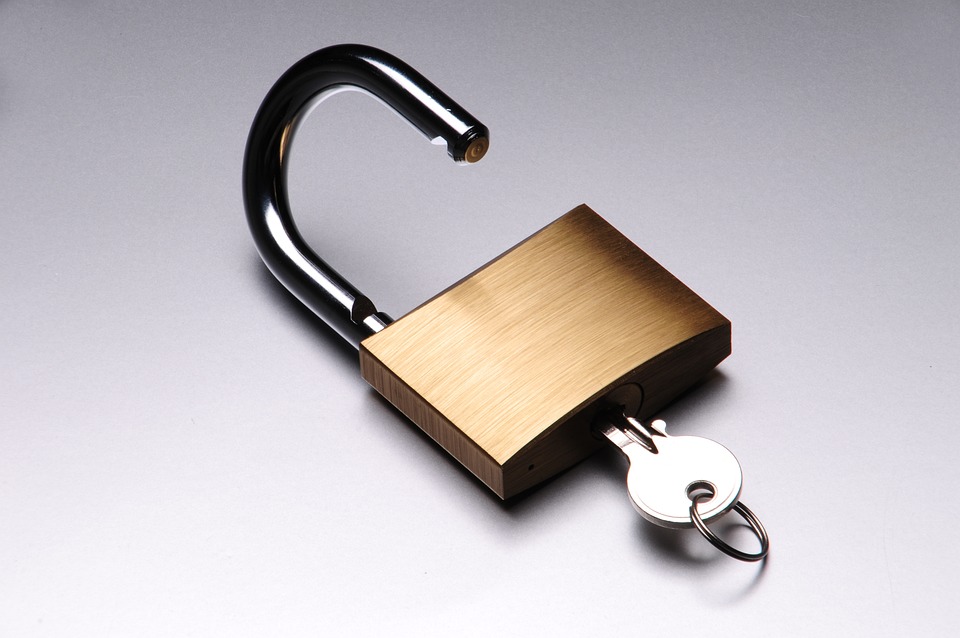In the digital age, where cyber threats are increasingly sophisticated, securing your WordPress site is no longer just an option; it’s a necessity. Given that WordPress powers over 40% of all websites on the internet, it has become a prime target for hackers and cybercriminals. From securing sensitive user data to preventing unauthorized access, various security measures and tools can help protect your WordPress site. In this article, we’ll explore some of the essential tools for ensuring WordPress security, including SSL certificates, firewalls, and other vital resources.
1. SSL Certificates
What is SSL?
SSL, or Secure Sockets Layer, is a protocol that establishes an encrypted link between a web server and a browser. This encryption ensures that any data transferred remains private and integral. SSL certificates are crucial for websites that collect sensitive information, such as passwords, credit card numbers, and personal details.
Why Do You Need SSL for Your WordPress Site?
- Data Protection: SSL encrypts data in transit, protecting it from eavesdroppers.
- Trust and Credibility: A site with SSL appears more trustworthy. The familiar padlock icon in the browser’s address bar reassures users that their information is secure.
- SEO Benefits: Search engines like Google prioritize secure sites in their rankings, which can boost your site’s visibility.
2. WordPress Security Plugins
Choosing the Right Plugins
WordPress security plugins are essential tools that can help enhance your site’s security through multiple layers of protection. Here are some popular options:
- Wordfence Security: This comprehensive plugin includes a web application firewall (WAF), malware scanning, and real-time threat intelligence. It helps you detect and block malicious traffic.
- iThemes Security: Offering over 30 ways to secure your site, iThemes Security includes features such as two-factor authentication, file change detection, and brute force attack prevention.
- Sucuri Security: Known for its effective malware removal and site auditing capabilities, Sucuri also provides a WAF, enhancing your site’s protection against various attacks.
Benefits of Using Security Plugins
- User-Friendly: Most plugins are designed for users with varying levels of technical expertise, making them accessible to all WordPress users.
- Regular Updates: Plugins are frequently updated to counter new threats, keeping your site secure against evolving cyberattacks.
3. Web Application Firewalls (WAF)
What is a WAF?
A web application firewall acts as a filter between your WordPress site and the internet. It monitors and analyzes incoming traffic and can block or allow data packets based on predefined security rules.
Advantages of Using a WAF
- Threat Detection: WAFs can detect and mitigate threats such as DDoS attacks, SQL injection, and cross-site scripting (XSS).
- Performance Improvement: A well-implemented WAF can boost your website’s performance by optimizing traffic and reducing bandwidth usage.
- Compliance: Using a WAF can help you meet compliance standards by protecting sensitive data and ensuring that your site adheres to regulations like GDPR.
4. Regular Backups
Why Backups are Essential
In the event of a security breach or data loss, having a reliable backup can save you from severe downtime and data loss. Regular backups ensure that you can restore your site to its previous state quickly.
Recommended Backup Tools
- UpdraftPlus: This plugin simplifies the backup process and allows you to schedule automatic backups of your WordPress files and database.
- VaultPress: Part of the Jetpack suite by Automattic, VaultPress provides real-time backups and easy site restoration options.
5. Strong Passwords and User Permissions
Importance of Password Security
Using weak passwords can leave your WordPress site vulnerable to unauthorized access. Encourage users to create strong, unique passwords and implement password policies.
Managing User Permissions
Limit user access based on roles and responsibilities. Only grant necessary permissions to users, reducing the risk of internal mishaps or malicious actions.
6. Security Audits and Monitoring
Conducting Regular Security Audits
Regularly auditing your WordPress site helps identify vulnerabilities and areas for improvement. Utilize security plugins that offer site scanning features to alert you to potential issues.
Continuous Monitoring
Monitoring your site for unusual activity is crucial. Certain tools and plugins provide real-time alerts for suspicious logins, file modifications, and other security incidents, allowing you to respond promptly.
Conclusion
Securing your WordPress site is an ongoing process that requires vigilance and proactive measures. By implementing essential tools such as SSL certificates, security plugins, web application firewalls, reliable backups, and robust user management, you can significantly enhance your site’s security posture. Remember, a secure WordPress site not only protects your data but also instills trust in your visitors, ultimately leading to a successful online presence. Stay informed about the latest threats and continuously update your security measures to keep your site safe and resilient in the ever-evolving digital landscape.
Contact Us






